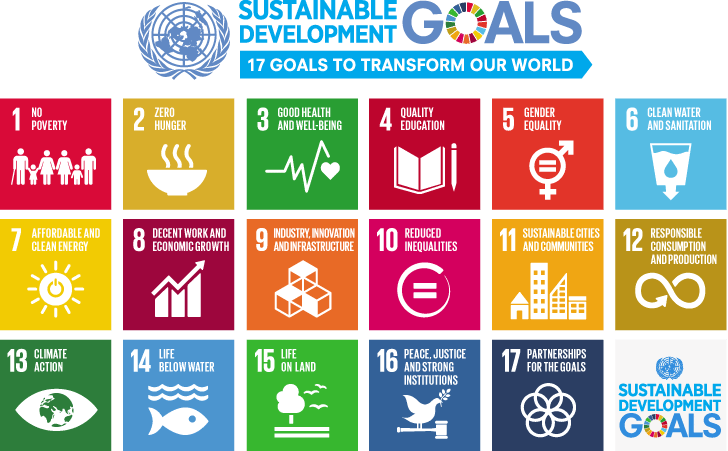The transformation of agrifood systems – a unique opportunity to tackle climate change, biodiversity loss and food insecurity – is under threat from reduced funding…
Rome/Dubai – December, 2023
The amount of climate finance flowing to agrifood systems is strikingly low and continues to diminish compared to global climate finance flows, a new report by the Food and Agriculture Organization of the United Nations (FAO) warns. This is happening at a time when more financing is urgently needed to help reach the goals of the Paris Agreement and support the implementation of the United Arab Emirates Declaration on Sustainable Agriculture, Resilient Food Systems, and Climate Action signed by over 150 world leaders.

Climate finance refers to local, national or transnational financing – drawn from public, private and alternative sources of financing – that seeks to support mitigation and adaptation actions to address climate change.
Between 2000 and 2021, climate-related development financial support for agrifood systems amounted to $183 billion, with more than half of the funding delivered after 2016. However, in 2021, contributions plummeted to $19 billion, a 12 percent decline compared to 2020.
The most affected region was Asia, with a sharp drop of -44 percent compared to 2020. Africa and Europe experienced a mild increase of 4 percent, while Latin America and the Caribbean saw a modest increment of 6 percent.
Although there has been an overall global increasing trend in absolute terms since 2000, doubling from $9 billion allocated in 2010 to $19 billion in 2021, the growth rate of climate-related development finance towards agrifood systems falls significantly short of the average growth rate of three to four times observed in climate-related development finance overall.
Climate-related development finance going to the transport sector, for example, has increased almost four-fold in the same period.

Amid worsening climate impacts and slow progress on reducing greenhouse gases, embracing sustainable agrifood systems practices – covering production, distribution and consumption – can help nations adapt, build resilience, and cut greenhouse gas emissions while ensuring food security and protecting biodiversity.
“The unique potential of agrifood systems to tackle the climate crisis can only be realized by scaling up investments in agrifood systems solutions and actions. The diminishing trends of both agrifood and adaptation investments is a missed opportunity to equip farmers around the world with the knowledge, the much-needed technologies and innovation to enhance their resilience and adapt to climate change impacts,” said FAO Deputy Director-General Maria Helena Semedo.
Agriculture is one of the sectors with the highest adaptation finance needs for implementing the Nationally Determined Contributions (or national climate plans), but climate finance for adaptation is also on a downward trend.
The report mentions that according to a recent analysis from the Climate Policy Initiative, only 4 percent of global climate finance went to agrifood systems between 2019 and 2020. To transform agrifood systems and achieve not only climate action but all the Sustainable Development Goals (SDGs), nations would need to mobilize about $680 billion a year until 2030.

Other key findings and recommendations
In 2021, bilateral resource providers (entities or countries that provide financial support or resources directly to another specific country or entity) were the primary contributors to climate-related development finance for agrifood systems, making up 59 percent, while multilateral providers contributed 35 percent, and the private sector a modest 5 percent.
Sub-Saharan Africa was the primary recipient of financial support for climate-related initiatives in agrifood systems. The region secured a significant 53 percent of these funds, primarily from bilateral donors, notably Germany and the European Union.
The report highlights the increasing popularity of blended finance, which combines public and private funds to encourage climate-smart agricultural projects with significant financial, environmental, and social benefits. It emphasizes that effectively addressing climate change in agrifood systems requires a comprehensive and customized financing approach that aligns with the specific needs and priorities of different regions and sectors.

To accomplish this, the authors stress the importance of understanding the most suitable financial instruments and the appropriate allocation of climate finance to different sectors, a crucial step in pursuing global climate objectives while also responding to local needs and contexts.
The strategic allocation of resources across various aspects of agrifood systems can contribute to achieving climate change mitigation and adaptation goals, promoting sustainable food production, and ensuring food security, the report argues.
Into the future
Within the United Nations Framework Convention on Climate Change (UNFCCC) there is a financial mechanism aimed at helping countries tackle the harmful impacts of climate change on their agrifood systems. This includes support from the Global Environment Facility (GEF) and the Green Climate Fund (GCF).
According to the authors, the recent establishment of a new fund specifically for Loss and Damage signifies a commitment to assist developing nations, especially those highly susceptible to climate change impacts. A report launched earlier in the week by FAO underlined that this development should signal growing opportunities for agrifood systems to address the challenges posed by the climate crisis on agriculture and food security.
FAO is working to help address the financing gap through the Food and Agriculture for Sustainable Transformation Partnership, known as FAST Partnership.

Stemming from a COP27 Initiative, FAST highlights the importance of collective efforts to improve the quantity and the quality of climate finance, ensuring that climate investments reach the most vulnerable, particularly family farmers who often face the impacts of climate change.
The inception meeting of the FAST Partnership took place today at a Presidency Roundtable on the Food, Agriculture and Water thematic day at COP28 and saw the participation of Ministers and High-level representatives of FAST Partnership Member countries and organizations.
FAO will facilitate the FAST Partnership through a Task Force serving as a Secretariat at its headquarters in Rome, supporting its activities.
 THE GLOBAL WINDOW OF TURKISH FOOD AND AGRICULTURE The Global Window of Turkish Food and Agriculture Sector
THE GLOBAL WINDOW OF TURKISH FOOD AND AGRICULTURE The Global Window of Turkish Food and Agriculture Sector









